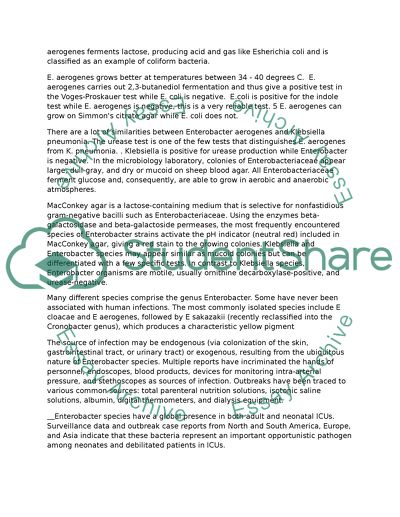Cite this document
(“Enterobacter Aerogenes Essay Example | Topics and Well Written Essays - 2000 words”, n.d.)
Retrieved from https://studentshare.org/miscellaneous/1508095-enterobacter-aerogenes
Retrieved from https://studentshare.org/miscellaneous/1508095-enterobacter-aerogenes
(Enterobacter Aerogenes Essay Example | Topics and Well Written Essays - 2000 Words)
https://studentshare.org/miscellaneous/1508095-enterobacter-aerogenes.
https://studentshare.org/miscellaneous/1508095-enterobacter-aerogenes.
“Enterobacter Aerogenes Essay Example | Topics and Well Written Essays - 2000 Words”, n.d. https://studentshare.org/miscellaneous/1508095-enterobacter-aerogenes.


